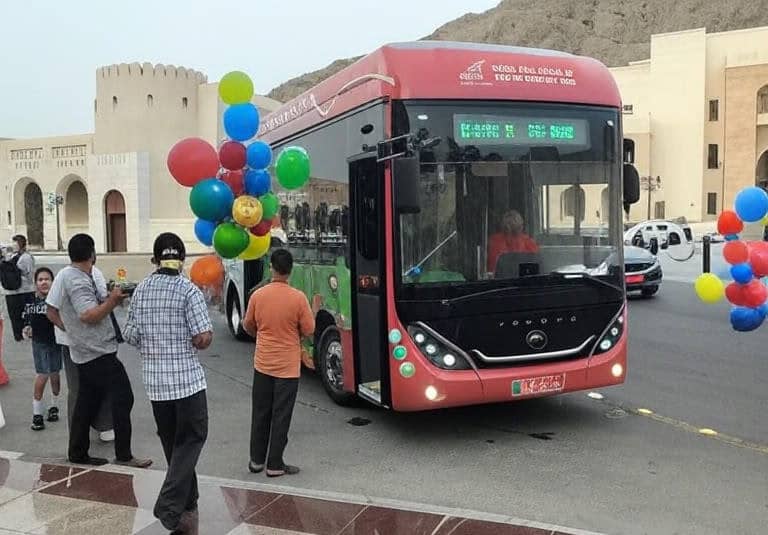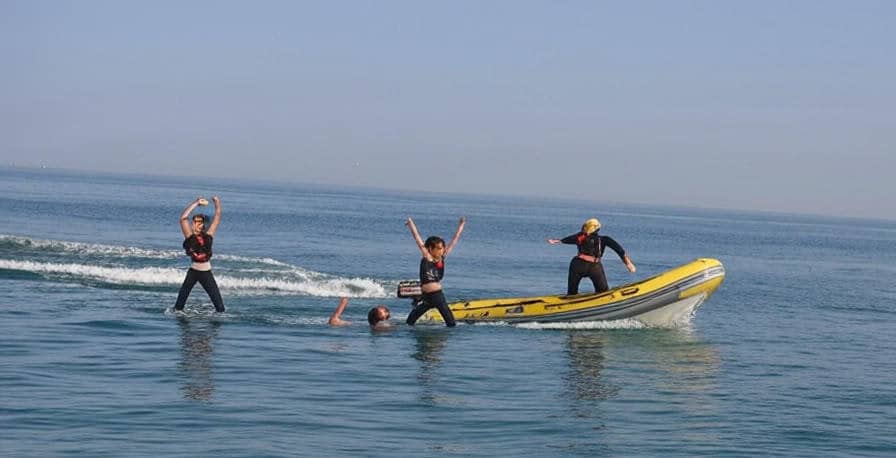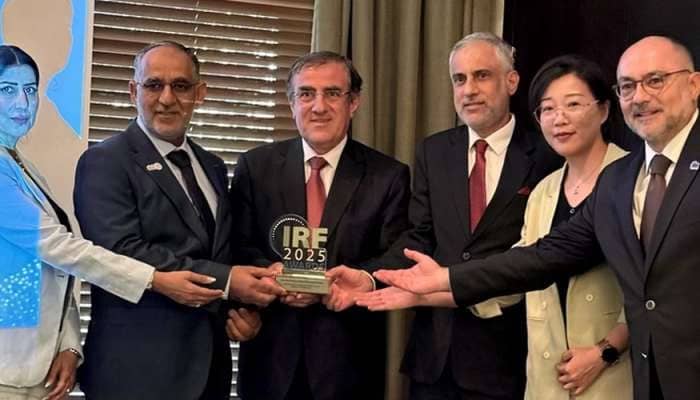Discover the highlights of the 11th Annual Human Development Conference in Salalah, Oman, focusing on AI-driven training programs and Oman Vision 2040. Learn how this event empowers human capital for a sustainable future.
The 11th Annual Human Development Conference, held on July 13-14, 2025, at the Sultan Qaboos Youth Complex for Culture and Entertainment in Salalah, Oman, marked a significant milestone in the nation’s journey toward achieving Oman Vision 2040. With a theme of “Developing Human Resources Through Training,” this two-day event brought together government officials, industry experts, and global specialists to explore how artificial intelligence (AI) and innovative training methodologies can transform Oman’s workforce. This article dives into the key aspects of the conference, its alignment with Oman’s long-term development goals, and actionable insights for professionals and organizations looking to leverage AI in human resource development.
Conference Overview: A Catalyst for Oman Vision 2040
The 11th Annual Human Development Conference, organized by Alassayel Company for Conferences and Training Services in collaboration with the Ministry of Labour, Dhofar Governor’s Office, and the Oman Chamber of Commerce and Industry (Dhofar Branch), was a pivotal event in Oman’s human capital development landscape. Held under the patronage of His Highness Sayyid Marwan bin Turki Al Said, Governor of Dhofar, the conference underscored Oman’s commitment to fostering a skilled, future-ready workforce. The event focused on harnessing AI and innovative training programs to align with the ambitious goals of Oman Vision 2040, which aims to diversify the economy and enhance human competencies.
Why This Conference Matters
- Strategic Alignment: Supports Oman Vision 2040’s focus on human capital as a driver of economic diversification.
- Global Collaboration: Brings together international and local experts to share insights on AI and training methodologies.
- Practical Outcomes: Offers actionable strategies for organizations to adopt AI-driven training programs.
The Role of AI in Human Resource Development
The conference placed a strong emphasis on artificial intelligence as a transformative tool for workforce development. AI is revolutionizing how organizations train employees by enabling personalized learning experiences, predictive analytics, and efficient skill development. Sessions at the conference explored how AI can enhance professional performance, streamline training processes, and prepare Omani talent for the demands of a rapidly evolving job market.
Key AI Applications Highlighted
- Personalized Learning: AI-driven platforms tailor training content to individual employee needs, improving engagement and retention.
- Predictive Analytics: AI tools analyze workforce data to identify skill gaps and forecast future training needs.
- Automation of Training Processes: AI automates repetitive tasks, allowing trainers to focus on high-value activities like mentoring and strategy development.
Actionable Tip
Organizations can integrate AI-powered learning management systems (LMS) like Coursera or TalentLMS to deliver customized training programs. Start by conducting a skills audit to identify gaps and use AI analytics to recommend targeted courses.
Oman Vision 2040: Building a Future-Ready Workforce
Oman Vision 2040 is the Sultanate’s blueprint for sustainable economic growth, emphasizing digital transformation and human capital development. The conference highlighted how AI-driven training programs align with this vision by equipping Omani professionals with skills in emerging technologies, leadership, and innovation. Presentations by key figures, such as H.E. Sayyid Salim bin Muslim al Busaidi, Undersecretary for Human Resources Development, emphasized the Ministry of Labour’s initiatives to create customized training programs tailored to each governorate’s needs.
How Oman Vision 2040 Drives HR Innovation
- Economic Diversification: Training programs focus on non-oil sectors like technology, tourism, and logistics.
- Regional Development: Governorate-specific initiatives ensure localized skill development that addresses unique economic needs.
- Digital Transformation: AI and advanced technologies are prioritized to boost Oman’s digital economy, targeting a 10% GDP contribution by 2040.
Actionable Tip
Professionals can align with Oman Vision 2040 by enrolling in AI-focused certification programs offered by platforms like Udemy or edX. Look for courses in data analytics, machine learning, or digital transformation to stay competitive.
Key Sessions and Takeaways from the Conference
The two-day event featured a range of sessions, including panel discussions, workshops, and presentations by industry leaders. Notable highlights included:
Day 1 Highlights
- Opening Paper by H.E. Sayyid Salim bin Muslim al Busaidi: Focused on investing in Omani human capital as a cornerstone of sustainable development.
- Governorate-Level HR Policies: Sheikh Mohammed bin Sulaiman al Kindi, Governor of North Batinah, discussed decentralized training strategies.
- Panel Discussion on Sustainable Development: Experts shared insights on integrating AI into long-term workforce planning.
- Workshop on Training Needs Analysis: Provided practical tools for organizations to assess and address skill gaps.
Day 2 Preview
- Focus on Practical Applications: Sessions explored real-world case studies of AI in training programs.
- Recognition Ceremony: Acknowledged contributions from speakers and sponsors, reinforcing community collaboration.
Actionable Tip
Businesses can adopt a training needs analysis framework by:
- Mapping current employee skills against organizational goals.
- Using AI tools to identify gaps and recommend training modules.
- Measuring ROI through employee performance metrics post-training.
The Role of Collaboration in Workforce Development
The conference was a testament to the power of collaboration between government, private sector, and international experts. Organized by Alassayel Company, the event partnered with key stakeholders like the Ministry of Labour and the Oman Chamber of Commerce and Industry. This collaborative approach ensures that training programs are aligned with both national priorities and global best practices.
Benefits of Collaborative Training Initiatives
- Public-Private Partnerships: Foster innovation by combining government resources with private sector expertise.
- Knowledge Exchange: International speakers brought global perspectives on AI and training methodologies.
- Community Impact: Localized training programs empower SMEs and regional workforces, driving economic growth.
Actionable Tip
SMEs in Oman can partner with local universities or tech hubs like the SaS Center for Entrepreneurship to access AI training resources. Explore initiatives like the National Program for Artificial Intelligence for subsidized training opportunities.
Why Salalah? The Perfect Setting for Innovation
Salalah, known for its scenic beauty and cultural significance, provided an inspiring backdrop for the conference. Held at the Sultan Qaboos Youth Complex, the event leveraged Salalah’s growing reputation as a hub for intellectual and cultural exchange during the annual Khareef season. The choice of venue reflects Oman’s commitment to decentralizing development and empowering regions beyond Muscat.
Why Salalah Stands Out
- Cultural Hub: Salalah’s rich heritage fosters a collaborative and inclusive environment for knowledge-sharing.
- Economic Potential: Dhofar’s focus on tourism and logistics aligns with Oman Vision 2040’s diversification goals.
- Accessibility: The Sultan Qaboos Youth Complex offers state-of-the-art facilities for large-scale conferences.


